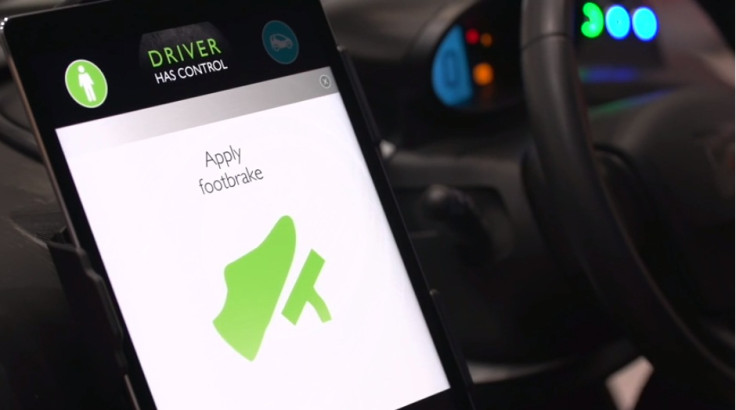Oxford develops self-driving car technology to take on Google, Tesla, and Uber
The robotic brain processes data and learns from mistakes to improve all the time.

The latest entrant to join the self-driving car race is not another multinational corporation but Oxford University's Mobile Robotics Group, Oxbotica. The group has been showing off its Selenium software, which is used to control self-driving cars.
Speaking to FT, the company said it will use this technology in driverless pods and roll them out in Greenwich and Milton Keynes.
This programme is also part-funded by the UK government to spur homegrown development in driverless technology. It is additionally looking to work with automobile manufacturers in future to produce driverless cars.
So what's different about this car from others? Oxbotica says its technology is more than just the usual sensors and lasers embedded in other self-driving vehicles currently on the roads. The robotic brain here powers the entire system, processes the data and learns from mistakes to improve all the time.
"We love those guys [Google], because they made the market possible. They introduced this brilliantly into the public's conception of what's coming in the future. But first to the market does not equal first for all time. We're talking about all things that move for all time. There's not going to be one guy that does that for all time," says founder Paul Newman.
A major challenge for self-driving cars after the Tesla accident has been safety concerns. Newman said although the event was tragic it was expected there would be an accident sooner or later especially when relying solely on technology.
"We have never as a species built a tool that never had room for improvement on it," he says.
© Copyright IBTimes 2025. All rights reserved.





















